TRA Deputy Director, Professor Jeff Craig, provides his perspective on a recent research paper, More twins expected in low-income countries with later maternal ages at birth and population growth.
Image credit: https://commons.wikimedia.org/wiki/User:Dappasolomon001
In recent years, more people around the world are having twins. This increase is mainly due to medical treatments that help couples have babies, like in vitro fertilisation (IVF). These treatments often lead to multiple births, such as twins or even triplets. While having twins can be joyful, it also comes with health risks for both the mother and the babies.
Why are more twins being born?
One reason for the rise in twin births is that many couples are waiting until they are older to have children. As women age, they are more likely to release more than one egg during ovulation, increasing the chances of having twins. Additionally, fertility treatments like IVF often involve implanting multiple embryos to improve the chances of pregnancy, which can result in twins or more.
Health risks associated with twin births
Twin pregnancies have a higher chance of complications compared to single pregnancies. These can include premature birth (babies being born too early), low birth weight, and developmental issues. Mothers carrying twins may also face health challenges like high blood pressure and diabetes during pregnancy.
Making twin births safer
Doctors and scientists are working on ways to make twin births safer. One approach is to limit the number of embryos implanted during fertility treatments to reduce the chances of multiple pregnancies. For example, in the United States, guidelines now recommend transferring just one embryo in most cases. This change has led to a significant drop in triplet and higher-order births, making pregnancies safer for both mothers and babies.
In conclusion, while the number of twin births has increased due to factors like fertility treatments and older maternal age, it’s important to be aware of the associated health risks. By following medical guidelines and advancements, we can help ensure safer pregnancies and births for mothers and their babies.
Weaknesses of the paper
- Not Perfect Data: The information they used came from surveys that might not be completely accurate. People may not remember things correctly, or questions might have been asked in different ways in different places.
- Doesn’t Apply to Everyone: The study focused on poorer countries, so the results might not be true for other places. Different countries have different cultures, environments, and family traits that can affect how likely someone is to have twins.
- Healthcare Differences: The study acts like all poorer countries have the same kind of hospitals and doctors, but that’s not true. Some areas have better healthcare than others, which can change how safe it is for mothers and twins.
- Other Important Things: The study didn’t fully look at things like how much education a woman has, whether she has a job, or if she can get help with family planning. These things can also affect when she has kids and if she has twins.
In short: The study gives useful ideas about twin births in poorer countries, but it’s not perfect. To really understand the issue, more detailed and local research is needed.

